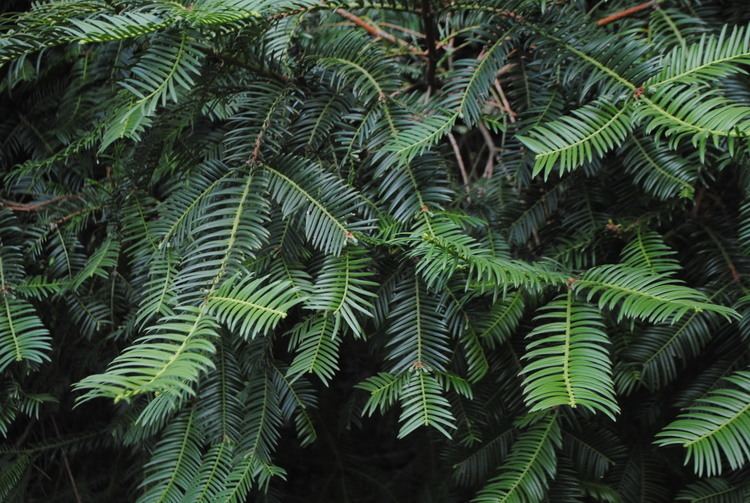Higher classification Cephalotaxaceae | Division Pinophyta Scientific name Cephalotaxus Rank Genus | |
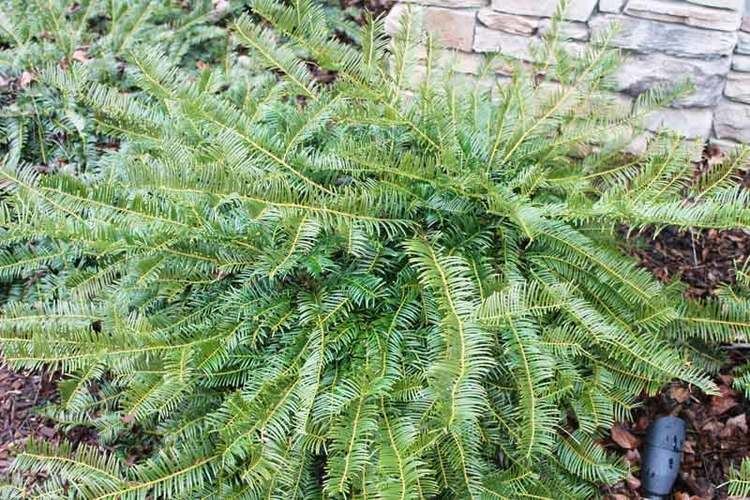 | ||
Lower classifications Cephalotaxus harringtonii, Cephalotaxus mannii, Cephalotaxus hainanensis | ||
How to grow yewtopia japanese plum yew cephalotaxus harringtonia with a detailed description
Cephalotaxus, commonly called plum yew or cowtail pine, is a genus of conifers comprising 11 species, treated in either the Cephalotaxaceae, or in the Taxaceae when that family is considered in a broad sense. The genus is endemic to eastern Asia, though fossil evidence shows it had a wider Northern Hemisphere distribution in the past. The species are evergreen shrubs and small trees reaching 1.0–10 m (rarely to 20 m) tall.
Contents
- How to grow yewtopia japanese plum yew cephalotaxus harringtonia with a detailed description
- Best evergreen shrubs cephalotaxus fastigata japanese plum yew
- Description
- References
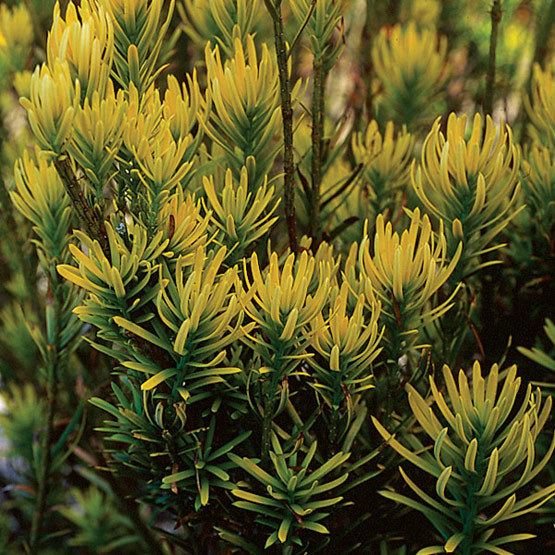
Best evergreen shrubs cephalotaxus fastigata japanese plum yew
Description
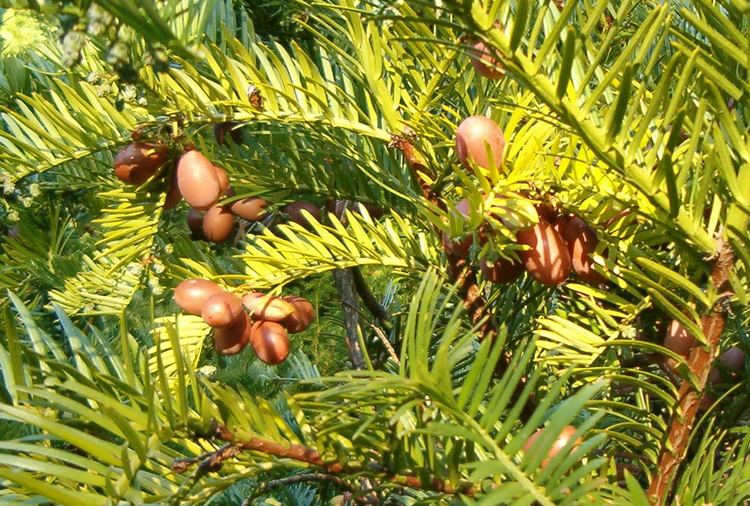
The leaves are spirally arranged on the shoots, but twisted at the base to lie in two flat ranks (except on erect leading shoots); they are linear, 4–12 cm long and 3–4 mm broad, soft in texture, with a blunt tip; this helps distinguish them from the related genus Torreya, which has spine-tipped leaves.
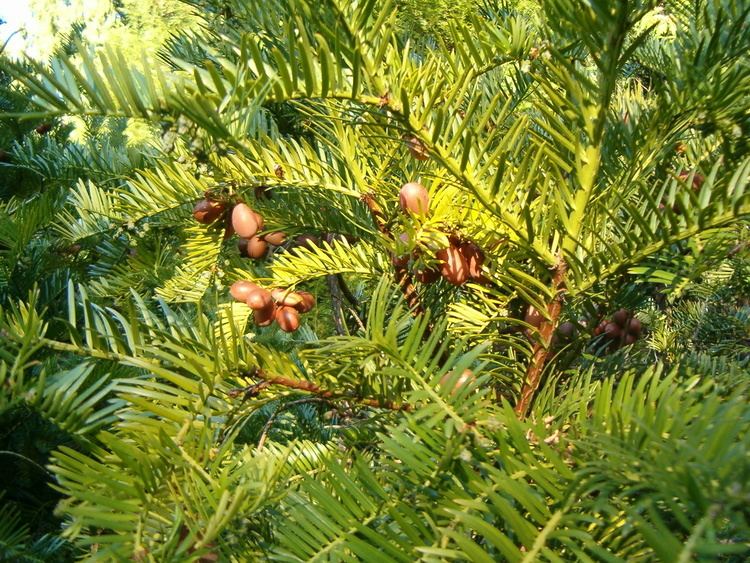
The species can be either monoecious or dioecious; when monoecious, the male and female cones are often on different branches. The male (pollen) cones are 5–8 mm long, grouped in lines along the underside of a shoot. The female (seed) cones are single or grouped two to 15 together on short stems; minute at first, they mature in about 18 months to a drupe-like structure with the single large nut-like seed 1.5–4 cm long surrounded by a fleshy covering, green to purple at full maturity. Natural dispersal is thought to be aided by squirrels which bury the seeds for a winter food source; any seeds left uneaten are then able to germinate.
